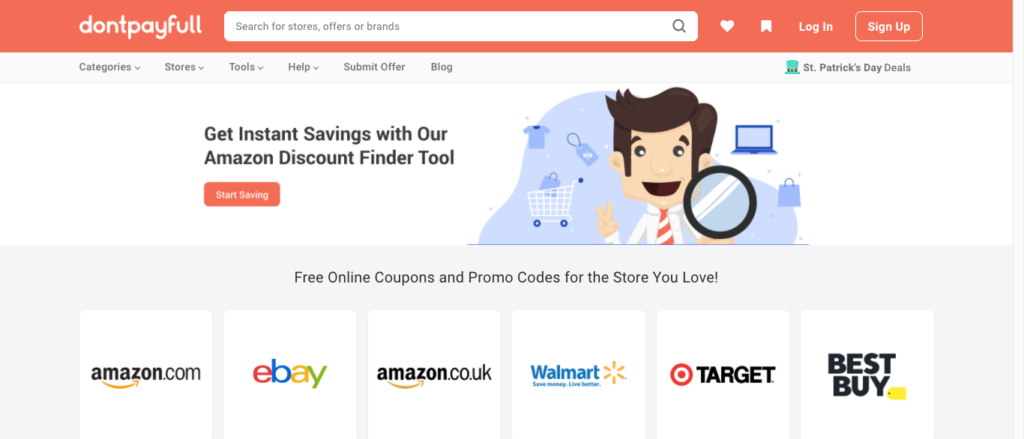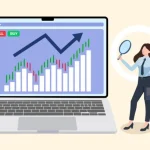Books enrich our lives with knowledge and entertainment, but they can strain our budgets when purchased at full retail prices. Many readers spend hundreds or even thousands of dollars annually on their reading habits without realizing the numerous ways to slash these costs.
Smart readers can access countless books for free through local libraries, online platforms, and book-sharing communities, while discovering significant discounts through strategic shopping methods. These money-saving techniques work for physical books, ebooks, and audiobooks alike.
The digital revolution has transformed how people acquire and consume books, creating new opportunities to build an extensive library without breaking the bank. From subscription services to loyalty programs, readers now have more cost-effective options than ever before.
Understanding Book Expenses
Book prices vary significantly based on multiple factors including production costs, format types, and retail channels. These differences directly impact how much readers spend on their reading materials.
Cost Factors in Publishing
The physical production of books involves substantial expenses. Paper quality, binding methods, and cover materials contribute to manufacturing costs.
Publishers invest in editing, design, marketing, and author advances – costs that get factored into retail prices.
Hardcover books typically cost more due to premium materials and durability, while paperbacks use less expensive materials to keep prices lower.
Print runs affect unit costs significantly – larger print runs reduce per-book expenses, while small runs increase them.
Price Variances Across Platforms
New hardcover books from major retailers often range from $25-35, while paperback editions typically cost $12-18.
E-books generally cost less, averaging $9.99-14.99, due to eliminated printing and distribution costs.
Digital platforms like Amazon Kindle and Apple Books frequently offer promotional discounts and daily deals.
Independent bookstores may charge higher prices than large chains due to smaller purchase volumes and higher operating costs.
Used book prices can vary dramatically – from $1 at library sales to 50-75% of original retail at used bookstores.
Strategies for Acquiring Affordable Books
Smart book-buying strategies can reduce costs by 50-80% compared to retail prices. Modern technology and traditional methods provide multiple ways to access books at significant discounts.
Leveraging Library Access
Public libraries offer unlimited free access to physical books, ebooks, and audiobooks. Most libraries partner with apps like Libby and Hoopla for digital lending.
Many libraries participate in interlibrary loan programs, expanding access to millions of titles beyond local collections.
Library cards often include free access to premium research databases and academic journals worth hundreds of dollars annually.
Using Automatic Coupon Extensions
Browser Coupon Extensions such as DontPayFull are incredibly useful tools for online shoppers, particularly when purchasing from bookstores. These extensions work by scanning the internet for available discount codes and automatically applying the best one at checkout, saving users both time and money.
How They Work
Installation: Users begin by installing the extension on their web browser. This process is typically quick and straightforward.
Shopping: While browsing an online bookstore, the extension activates as soon as the user goes to the checkout page.
Code Search: The extension will then search its database of discount codes and promotions. It might also check for any current deals specific to that bookstore.
Automatic Application: Once it finds valid codes, the extension applies them automatically, allowing the user to see the price adjustments in real-time.
Notifications: Users are often notified if a better deal becomes available or if they can save more money with a different code.
Exploring Second-Hand Markets
ThriftBooks, AbeBooks, and Better World Books specialize in used books at 50-90% off retail prices.
Local used bookstores often buy back books for store credit, creating a sustainable cycle of affordable reading.
Many college bookstores and campus exchanges offer textbooks at reduced prices during semester transitions.
Utilizing Book Rental Services
Kindle Unlimited provides access to over 2 million titles for a fixed monthly fee of $9.99.
Scribd offers unlimited access to books, audiobooks, and magazines for $11.99 monthly.
Textbook rental services like Chegg save students 30-60% compared to purchase prices on required course materials.
Book rental periods typically range from 30-180 days with options to extend or purchase at reduced rates.
Maximizing Digital Resources
Digital platforms provide cost-effective access to vast libraries of books through various subscription services, special deals, and free content options.
Ebooks and Online Platforms
Kindle Unlimited offers unlimited access to over a million titles for a monthly fee. The service lets readers explore new authors and genres without purchasing individual books.
Amazon frequently runs promotional deals on ebooks, with prices ranging from $0.99 to $2.99. Readers can set price alerts to catch these limited-time offers.
Project Gutenberg hosts over 60,000 free ebooks in multiple formats. These books can be downloaded directly to e-readers or computers without registration.
Public Domain Titles
Classic literature in the public domain comes with no copyright restrictions. Thousands of beloved works from authors like Jane Austen, Charles Dickens, and Mark Twain are available at no cost.
Internet Archive’s Open Library maintains a digital collection of over 1.7 million public domain books. Readers can access these titles in multiple formats, including PDF and EPUB.
Many universities provide free access to their digital collections of historical texts and rare manuscripts through online portals.







